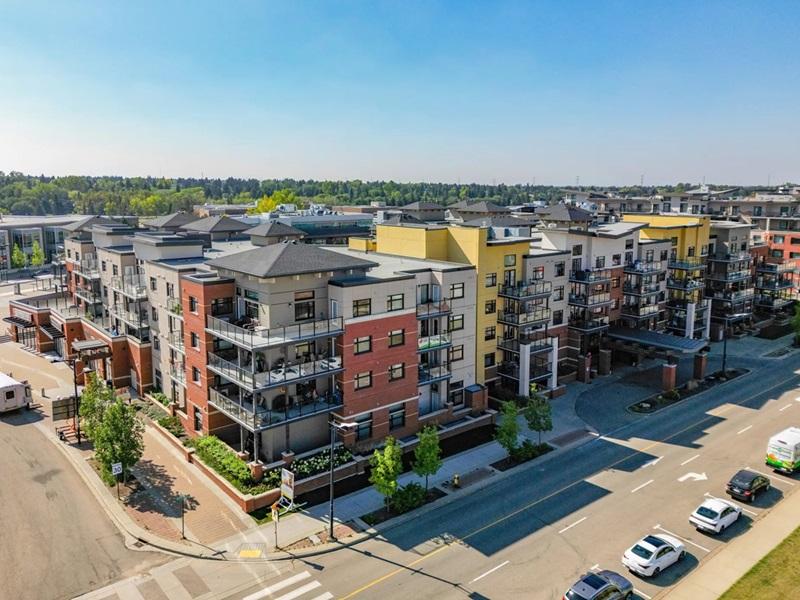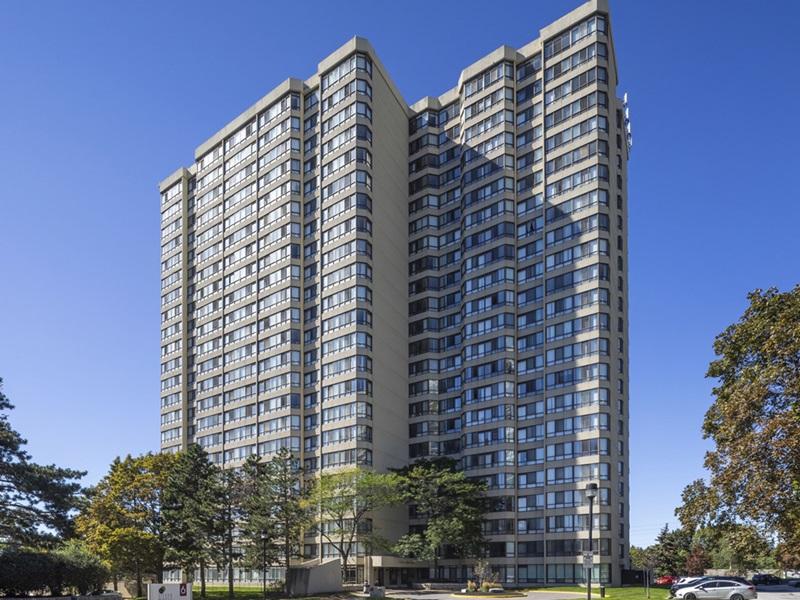
Canada’s multiresidential sector is bracing for a big year of activity.
“I definitely think it’s a better alternative to other kinds of housing market investments in 2023,” Pekoe Mortgages owner Daniel Johanis told RENX. His firm is based in Kitchener, at the western edge of the Greater Toronto Area (GTA).
“From 2015 up until now, average rents in the GTA have increased by 50 per cent. If we look at purpose-built rental properties, if there’s decent turnover they will cash flow, so multifamily makes more sense.
"If you’re getting into multiple units of, say, 12, 16 or 20, if you have vacancy it’s not like in a condo where if somebody moves out you have 100 per cent vacancy.”
The Bank of Canada’s overnight lending rate rose 400 basis points in 2022 after years of record lows, ending the year at 4.25 per cent and dampening activity in the country’s housing market.
That included the investor class, but most remain bullish on multiresidential for several reasons.
For one, while the overnight lending rate is applied to residential mortgages, commercial mortgages – which are determined by the bond yield – are used to purchase buildings with five or more units.
The bond yield is currently decreasing — according to First National, on Jan. 10 it closed at 3.5 per cent on a five-year pact.
CMHC programs encourage multifamily investment
Moreover, the federal government has heeded calls to augment rental housing supply by introducing programs through the Canada Mortgage and Housing Corporation, notably MLI Select and Mortgage Loan Insurance: Standard Rental Housing.
The former uses a point system to reward investors with favourable financing if affordability, sustainability and accessibility criteria are satisfied, while its amortizations are as long as 50 years and loan-to-value (LTV) ratios are as high as 95 per cent. The latter offers 40-year amortizations and LTVs up to 75 per cent.
“The bond yield fluctuates and the commercial side is slower than residential. It takes about three to six months for these files,” Johanis said.
“The quicker you can close, the less risk that interest rates fluctuate. From November up until now, the commercial bond yield has been on a downward slope, so anybody who locked in then and is closing now is in a better position.”
Financing, while more complicated, is also easier to qualify for, says Niran Kulathungam, chief leadership officer for Toronto-based investment intelligence firm Real Estate Wealth Lab. Kulathungam is also an investor whose portfolio spans 55 doors across Southern and Southwestern Ontario.
“It’s more complicated but it’s easier to qualify for. If I have three single-family homes in my portfolio, the bank will look at that and ask if I can carry these three, and it becomes increasingly difficult to qualify.
"But, in the multifamily and commercial lending world the lender doesn’t look at me first, they look at the building and ask, ‘Is this building a good investment, is the building good business?’ ”
Differences between single-family, multiresidential financing
Due diligence involves looking at the building’s history, such as the age of the roof, the building's operating expenses and the cost of taxes and hydro, to name a few criteria.
“It’s looked at from a completely different perspective and the underwriting process is different,” Kulathungam said. “Once I show I can run the building well as a business, CMHC-insured mortgages will step in and the interest rate will be lower with them and I can get more loan-to-value.”
The difference between condominium and multiresidential investment, Kulathungam added, is the latter operates like a business, whereas the former is subject to the whims of condo boards, which he says often economize on the wrong things.
“The other reason I don’t buy pre-build, and it’s not that you can’t make money, but I no longer control the asset. I’m a small cog in the wheel and I don’t want to wait three or four years for it come,” Kulathungam said.
Multiresidential can spread income risks
Multiresidential properties also proffer investors the peace of mind that comes with stability. Unlike with single-unit investments, multiresidential has strong economies of scale, meaning that if monthly rents decrease by, say, $25, the investor can easily absorb the hit.
In cities like Calgary, which have among Canada’s highest average incomes per household and no rent control, it is easier to score points on MLI Select’s affordability measure. According to Phipps Real Estate Group at CIR Realty founder Natasha Phipps, this should make that program very popular this year.
In Mission, located in Southwestern Calgary, one-bedroom units in refurbished buildings command $1,500-$1,700 a month, and two-bedrooms go for $2,000-$2,200.
“The program is set up to incentivize investors, REITs and other groups to provide the type of housing that these cities need to make housing affordable, reduce carbon footprints and provide more acceptable housing in these communities,” Phipps said.
“CMHC is definitely favouring these types of properties. You can increase net operating income where (the) market allows it and you increase value of your property.”










